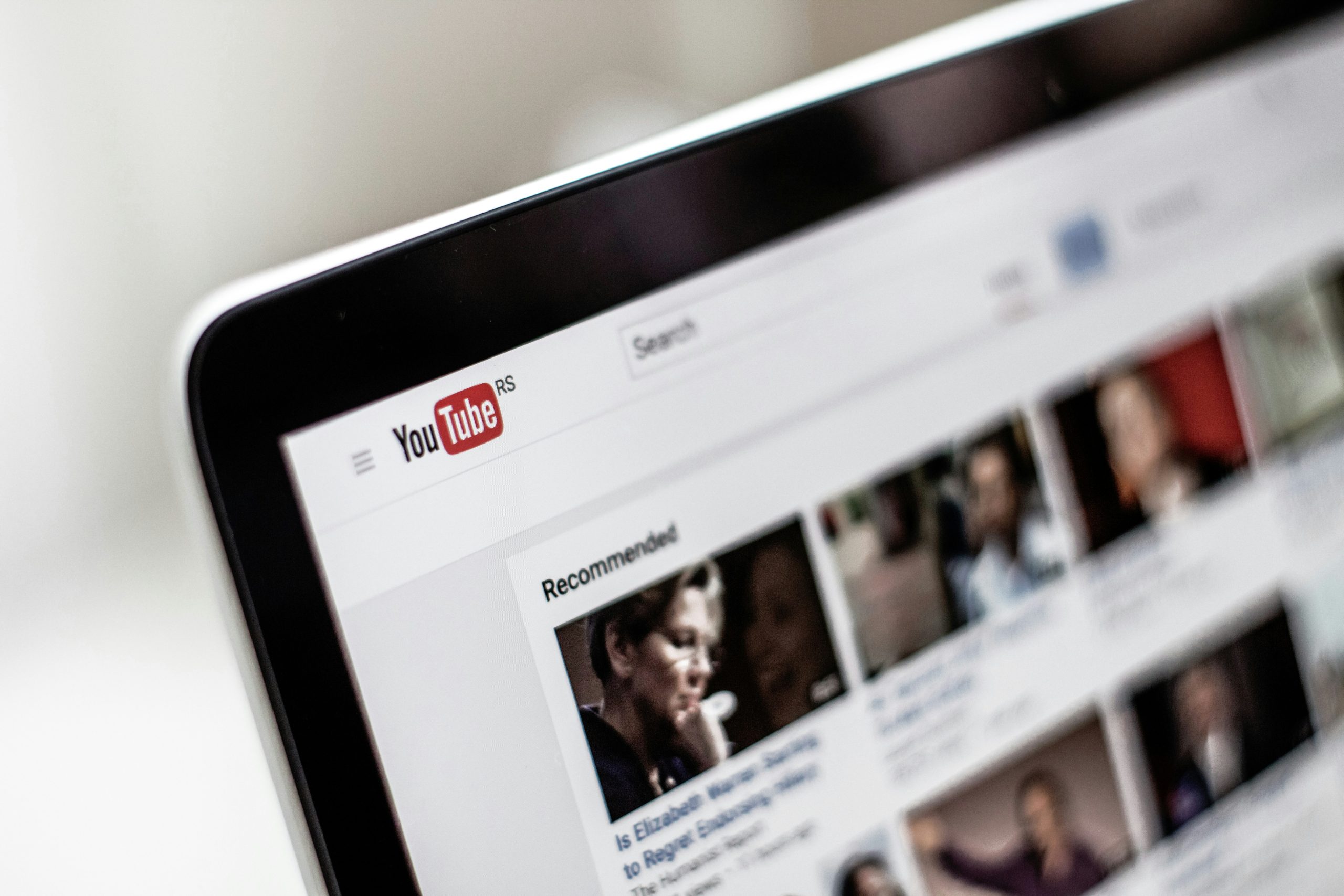Getting ‘video player will be blocked after 3 videos’ alert on YouTube? Here’s why it’s happening
Have you ever experienced the frustration of being engrossed in a YouTube video marathon, only to have your enjoyment abruptly halted by the dreaded message: video player will be blocked after 3 videos? If so, you’re not alone. This perplexing alert has left many users scratching their heads and wondering why their viewing spree has come to an abrupt end. But fear not, for there is a logical explanation behind this phenomenon that sheds light on YouTube’s evolving policies and efforts to combat misuse of its platform.
Understanding YouTube’s video view limit
Understanding YouTube’s video view limit is crucial for creators and viewers alike. This restriction, often displayed as the ‘video player will be blocked after 3 videos’ alert, is placed to prevent abuse and ensure a fair usage policy. It is implemented to discourage bots or scripts from artificially inflating views, thereby maintaining the platform’s integrity. By limiting the number of consecutive views in a short period, YouTube aims to provide accurate metrics on video popularity and audience engagement.
For users encountering this message frequently, it can be frustrating. However, understanding the reasoning behind this limit can help mitigate any confusion or irritation. The restriction serves as a safeguard against unethical practices and manipulations that could compromise the authenticity of view counts on videos. By acknowledging these measures put in place by YouTube, viewers can appreciate the platform’s commitment to transparency and reliability in its content metrics.

Impact of excessive video views
Excessive video views might seem harmless at first glance, but the impact goes beyond just a number on the view count. When viewers repeatedly watch videos without engaging with other content or actions, it skews data analytics and can potentially mislead creators and advertisers about genuine interest. This phenomenon can create an artificial sense of popularity for certain videos while burying other quality content that deserves recognition.
Moreover, excessive video views contribute to the rabbit hole effect, where viewers get sucked into a loop of similar or repetitive content. This not only limits their exposure to diverse perspectives but also reinforces echo chambers and filter bubbles. Ultimately, it hinders personal growth and critical thinking by restricting access to varied information and viewpoints. In essence, the impact of excessive video views extends beyond individual viewing habits; it impacts the ecosystem of online content consumption as a whole.
Preventing the ‘video player will be blocked’ alert
To prevent the dreaded video player will be blocked alert on YouTube, one effective strategy is to clear your browser’s cache and cookies regularly. These accumulated files can sometimes cause conflicts with the video player functionality, triggering the alert message. Another useful tip is to ensure that your browser and any extensions or plugins are up-to-date. Outdated software can lead to compatibility issues that may result in the interference of video playback.
Furthermore, consider disabling any ad blockers or VPN services while watching videos on YouTube. Sometimes these tools can inadvertently trigger the alert message by disrupting the platform’s tracking mechanisms. By taking these preventative measures, you can enjoy uninterrupted streaming and avoid the frustration of encountering the ‘video player will be blocked’ notification during your YouTube viewing sessions.
![]()
How to request a video player unblock
If you find yourself facing the dreaded video player will be blocked after 3 videos alert on YouTube, don’t worry; there’s a way to request an unblock. The first step is to check if your account has any strikes or violations that could be triggering this alert. If everything seems in order, reach out to YouTube support directly through their help center or community forums.
When asking for an unblock, be sure to provide detailed information about why you believe your account should be reinstated. This could include clarifying any potential misunderstandings and ensuring you adhere to YouTube’s community guidelines moving forward. Remember to remain polite and patient throughout this process as it may take some time for your request to be reviewed and resolved. By following these steps, you increase your chances of getting the video player unblocked and enjoying uninterrupted viewing on YouTube once again.
Common misconceptions about the alert
Misconception 1: It’s a YouTube glitch. While it may seem like a technical error on YouTube’s part, the video player will be blocked after 3 videos alert is actually a deliberate feature designed to limit free viewing sessions.
Misconception 2: It only affects certain users. The alert is not targeted at specific users but rather implemented across the platform to encourage viewers to subscribe to YouTube Premium for uninterrupted streaming.
Misconception 3: Clearing cookies will solve the issue. Many users believe that clearing browsing data will bypass the three-video limit, but in reality, this alert is tied directly to your account and cannot be removed through simple cache clearing methods.

Alternative platforms for video hosting
If you’re tired of facing restrictions on traditional video hosting platforms like YouTube, there are several alternative options available that can offer more freedom and control over your content. One popular choice is Vimeo, known for its high video quality and customization features that appeal to creative professionals and businesses alike. Another platform gaining traction is Wistia, which focuses on marketing and analytics tools to help users track the performance of their videos and optimize engagement.
For those looking for a decentralized approach to video hosting, PeerTube provides a unique solution by allowing users to host their own instances and collaborate with other users in a federated network. This peer-to-peer sharing model offers increased privacy and data ownership compared to centralized platforms. Embracing these alternative platforms can not only diversify your online presence but also provide more flexibility in how you share and showcase your videos without being restricted by the policies of mainstream hosts like YouTube.
Conclusion: Addressing and resolving YouTube’s viewing restrictions
In conclusion, addressing and resolving YouTube’s viewing restrictions is crucial for both content creators and viewers. While the platform aims to maintain a safe environment by imposing these limitations, it can be frustrating for users who encounter them frequently. One possible solution is for YouTube to provide more transparency on how the restrictions are triggered, enabling users to better understand and navigate the rules.
Moreover, collaboration between YouTube and content creators could lead to tailored solutions that balance user safety with an uninterrupted viewing experience. Implementing features such as age verification or opting out of certain restrictions could offer users more control over their viewing preferences while maintaining a secure environment. Ultimately, finding a middle ground where limitations are in place but not overly restrictive is key to ensuring a positive user experience on the platform.
